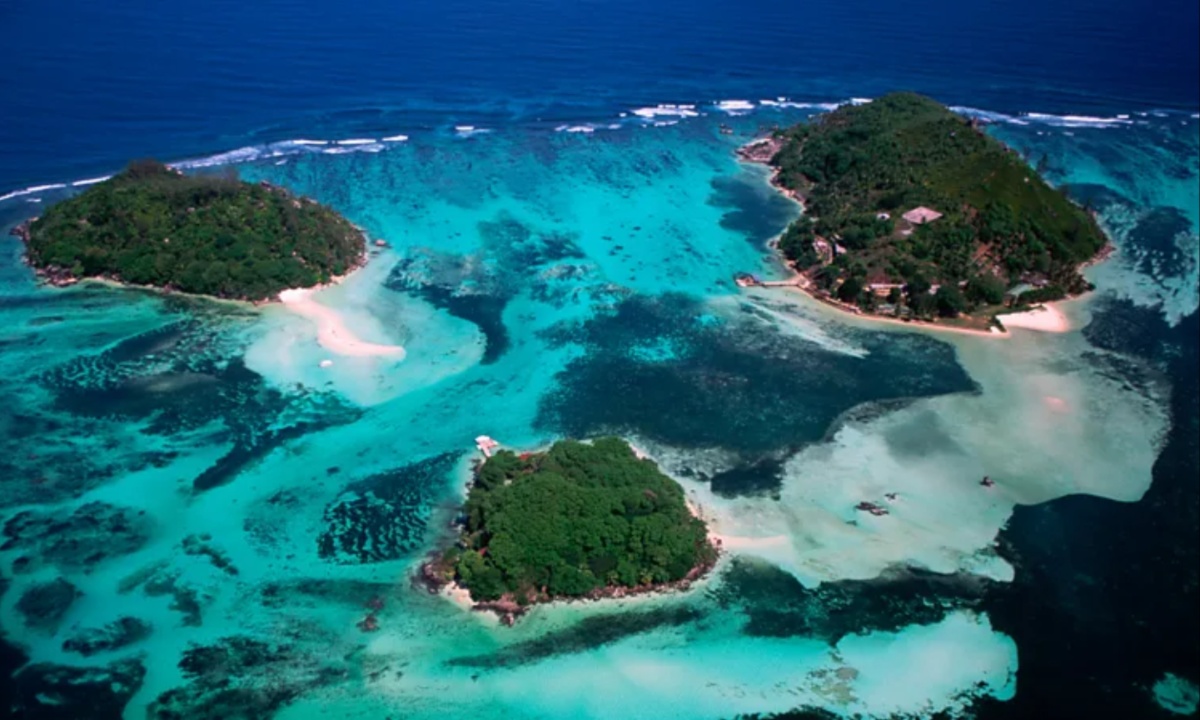World leaders are gathering in Cali, Colombia, to address the urgent crisis of biodiversity loss and explore effective strategies for restoring natural habitats. This meeting emphasizes the critical importance of diverse ecosystems, which are vital for maintaining clean water, air, and soil, as well as reducing the spread of infectious diseases. Healthy habitats are essential not only for wildlife survival but also for the well-being of human populations.
Recent research underscores the effectiveness of conservation efforts in mitigating biodiversity decline. Over the past decade, international studies have assessed various conservation strategies, including protected areas, habitat restoration, and invasive species control. The results reveal that approximately 66% of these measures have successfully improved biodiversity or slowed its decline, highlighting the need for sustained conservation initiatives moving forward.
The urgency for enhanced conservation projects has escalated, particularly following a global commitment made two years ago by over 100 nations to protect 30% of the world’s land and oceans by 2030. However, current statistics paint a stark picture: only 17% of terrestrial areas and 8% of oceans are under some form of protection. This gap signifies a substantial challenge for world leaders as they convene in Cali to assess progress and strategize for the future.
To effectively combat biodiversity loss, experts have proposed five key strategies. The first involves the protection of oceans, which cover 70% of the Earth’s surface and harbor a wealth of biodiversity. Presently, just 2.8% of the world’s oceans are effectively safeguarded, leaving many marine species vulnerable to overfishing and habitat destruction.
Successful initiatives, like the Marine Protected Areas (MPAs) established in the Seychelles and the Azores, demonstrate that marine conservation can yield significant biodiversity benefits.

The second strategy focuses on addressing the threat of invasive species, which contribute to biodiversity loss and impose substantial economic costs globally. These species have been responsible for a significant percentage of plant and animal extinctions since their introduction. Efforts to control and eradicate invasive species, as seen in the case of Palmyra Island’s successful removal of rats, show promise in restoring native ecosystems and promoting biodiversity recovery.
Another crucial strategy is the restoration of wetlands, which play a vital role in providing habitats for wildlife, preventing floods, and purifying water. Unfortunately, humans have severely degraded 85% of the world’s wetlands. Restoration projects, such as the ongoing efforts in Florida’s Everglades and the revitalization of a wetland in Colombo, Sri Lanka, illustrate the potential for these ecosystems to recover and support both biodiversity and local communities.
Saving keystone species is also essential for maintaining ecological balance. These species, which significantly influence their ecosystems, are vital to the health of numerous other species. Examples include the reintroduction of beavers in the U.S. and the protection of African forest elephants in the Congo Basin, both of which help sustain diverse habitats and contribute to overall ecosystem resilience.
Lastly, restoring forests is crucial in the fight against biodiversity loss. Deforestation has led to dramatic declines in tree cover and animal populations, particularly in tropical regions.
Successful conservation efforts in places like the Ecuadorean cloud forest underscore the importance of protecting existing forests and encouraging natural regeneration, which can sequester carbon and provide habitats for a wide range of species. By implementing these proven strategies, the global community can work collaboratively to reverse biodiversity loss and ensure a healthier planet for future generations.

